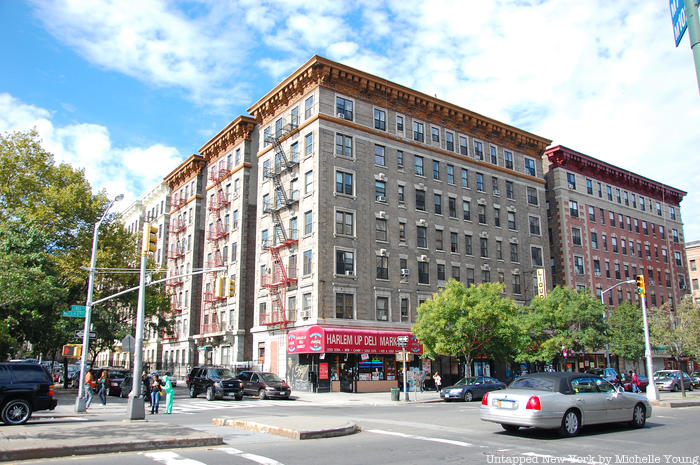9. Harlem Riots (1920s through 1960s)

The Harlem Riots were a number of race riots through Harlem from the 1920s through the 1960s that advocated for better treatment and increased rights of African Americans. The first Harlem Riot was partly fueled by the earlier New York race riots of 1919, as part of Red Summer which saw violent attacks on black communities in many cities in the United States, many caused by social tensions like job competition or racial discrimination. The 1926 Harlem riots were mainly between over 2,000 unemployed Jews and Puerto Ricans around 115th Street over housing and jobs.
The Harlem riot of 1935 was sparked by rumors that employees at an S. H. Kress Five and Ten store beat a black Puerto Rican teenage shoplifter named Lino Rivera. Dealing with the Great Depression, many African Americans struggled with unemployment, as minorities were often the first to be fired from their jobs during rough economic times. Rivera was caught shoplifting a penknife, and after an employee threatened to beat him, Rivera bit the employee’s hand and fled. A group called the Young Liberators began a demonstration outside the store, and pamphlets were distributed reading “CHILD BRUTALLY BEATEN.” Soon after the store was looted after someone threw a rock, and protesters began looting other white-owned businesses. Three people lost their lives in the riot, which resulted in over $2 million in damages.
Eight years later, the Harlem riot of 1943 began after James Collins, a white police officer, shot and wounder an African-American soldier named Robert Bandy. The Harlem riot was one of six race-related riots in 1943, which included the Zoot Suit Riots in Los Angeles. Many protests, including this one, were fueled by segregation of black troops and workforce discrimination. While at the Braddock Hotel, a white policeman tried to arrest an African-American woman named Marjorie Polite for disorderly conflict, and soon after Polite became confrontational with Collins. After Polite checked in and was dissatisfied with her room, she protested and was asked to leave by Collins, yet Bandy hit the officer. Collins then shot Bandy, who was incorrectly believed to be dead, which resulted in a major riot resulting in six deaths and around 600 arrests.
In 1964, another Harlem riot broke out after police Lieutenant Thomas Gilligan killed a 15-year-old African American named James Powell. A superintendent in Yorkville named Patrick Lynch hosed down a group of black students, who responded by throwing bottles at Lynch. Once Powell got involved in pursuing Lynch, Gilligan shot Powell three times. Approximately 300 students joined in protest against Gilligan, and for the next six nights, around 4,000 New Yorkers participated in riots. The Congress of Racial Equality led a number of rallies in Harlem and Bedford-Stuyvesant, yet protests soon became violent as one rioter died and at least 118 were injured.





